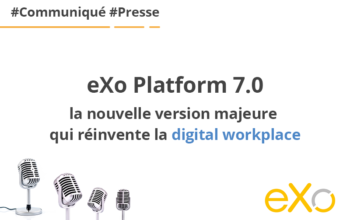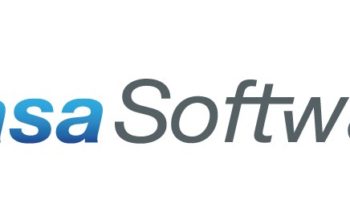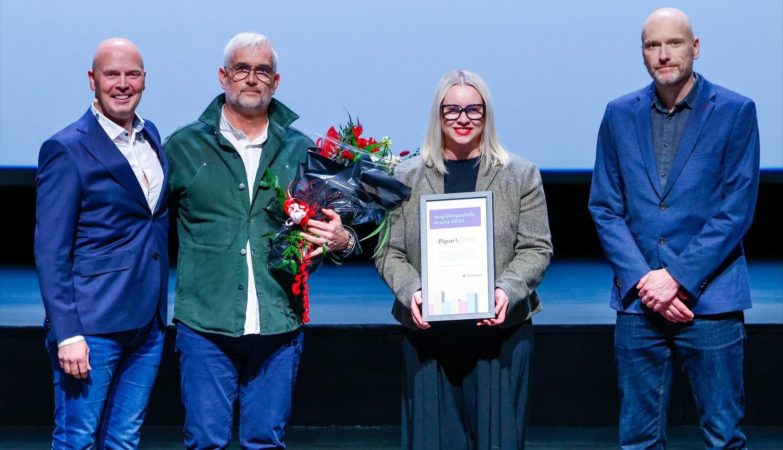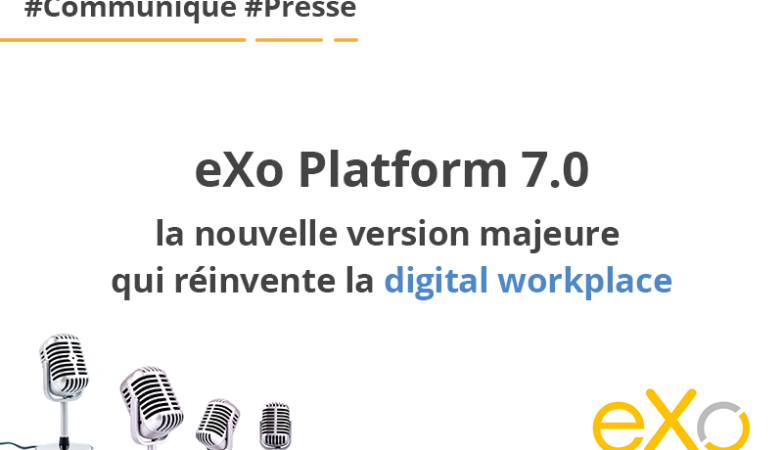Munich, 9 May 2023 – Over 65% of the total global population is online, according to the United Nations, and users prioritise internet speed. Professor Harald Haas and his team have created a mobile wireless technology that provides users with wireless connections that are over 100 times faster than Wi-Fi. Their technology is a light-based Wi-Fi that uses light, such as LEDs (light emitting diodes) instead of radio waves to transmit information.
Professor Haas and his team are finalists in the ‘Research’ category for the European Inventor Award 2023 in recognition of their promising work. They were selected from over 600 candidates for this year’s edition. Using light to improve Internet speed The technology, LiFi™ (Light Fidelity), makes an LED light bulb emit pulses of light, undetectable to the human eye. Within those emitted pulses, data can travel to and from receivers. Then, the receivers collect information and interpret the transmitted data. This is conceptually similar to decoding Morse code but at a much faster rate – billions of times a second. With LiFi, transmission speeds can exceed 100 Gbps, making it 100 times faster than high-speed Wi-Fi connections today. The technology also allows multiple simultaneous links to various users and is orchestrated by a single light bulb. With the growth in smartphone adoption and global mobile traffic, LiFi offers an alternative transmission technology by sending data on light waves (this optical spectrum resource is about 3,000 times larger than radio frequency resources).
It also provides greater data security because the signal does not pass through walls, which means that the internet signal is being kept inside the room where the light is being emitted. Haas’ technology is already being used in areas where radio frequency is undesirable, including hospitals and schools. LiFi is cheaper than fibre-optic cables and can be incorporated into existing infrastructure, like streetlamps. Also, the simultaneous use of solar panels as LiFi data detectors and energy harvesting devices provides significant opportunities to reduce the energy consumption of mobile infrastructure.
Professor Haas and his colleagues have also shown how various types of solar cells, including organic ones, can be used for high-speed optical wireless data receivers for more energy-efficient buildings. Professor Haas is optimistic about the potential of his team’s work, “there is a huge ocean in front of us that we want to leverage for mobile communications. We only need to step out of the crowded pool.” He believes LiFi could also become a crucial component in equipping many autonomous systems, both on the ground and in the air. According to the inventor, the next generation network, 6G, would require significant spectrum innovation, in which LiFi could play a key role. The engineer innovating for humanity The inventor, Harald Haas, is passionate about technology that helps the world: “In my heart, I’m an engineer. I really want to do science for the benefit of humanity. I want to develop things that improve the quality of our lives.” Professor Haas is a German engineer who worked in mobile communications and was an associate professor of electrical engineering at Jacobs University in Bremen before moving to Scotland, where he furthered his research into wireless communication using light waves.
His ties to the Scottish academic community are longstanding and this has played an important role in the development of LiFi. He has been a professor at the University of Edinburgh for over ten years and has a near three-year connection with the University of Strathclyde in Glasgow, where he is currently the Director of the LiFi Research and Development Centre. Professor Haas is named as an inventor on a number of European patents and in 2012, he co-founded an academic spinoff called pureLiFi, to commercialise LiFi devices and remains its Chief Scientific Officer and member of the Board of Directors. Professor Haas demonstrated the feasibility of his invention when he delivered a TED Talk on how LiFi could reach speeds comparable to high-speed broadband by streaming a YouTube video in high definition through the light waves emitted by a tabletop lamp. He explains that this talk was the first turning point for him and he went on to found pureLiFi, “because of the potential I saw and the overwhelming response we received.” Professor Haas and his team have been named finalists in the ‘Research’ category of this year’s European Inventor Award. The winners of the 2023 edition of the European Inventor Award will be announced at a hybrid ceremony on 4 July 2023 in Valencia (Spain). This ceremony will be broadcast online here and open to the public. Find more information about the invention’s impact, the technology and the inventors’ stories here.
Media contacts European Patent Office George Wakely – UK and RI Media Manager george.wakely@marco.agency
About the European Inventor Award
The European Inventor Award is one of Europe’s most prestigious innovation prizes. Launched by the EPO in 2006, the award honours individuals and teams who have come up with solutions to some of the biggest challenges of our time. The finalists and winners are selected by an independent jury comprising former Award finalists. Together, they examine the proposals for their contribution towards technical progress, social and sustainable development, and economic prosperity. All inventors must have been granted a European patent for their invention. Read more here on the various categories, prizes, selection criteria and live stream ceremony to be held on 4 July 2023.








